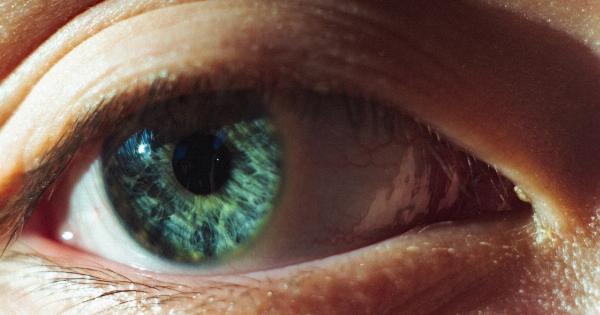Eye bleeding or subconjunctival hemorrhage is a medical condition that occurs when the blood vessels in the conjunctiva breaks and bleeds.
The conjunctiva is a thin, clear layer of tissue that lines the inside of the eyelid and covers the white part of the eye. Eye bleeding is usually harmless and heals on its own, but it can be a sign of an underlying medical condition that requires treatment.
Symptoms
The symptoms of eye bleeding include:.
- Redness in the white of the eye
- A bright red patch on the white of the eye
- Slight discomfort or irritation in the eye
- No pain or loss of vision
Causes
There are many causes of eye bleeding including:.
- Coughing, sneezing, or vomiting
- Straining during bowel movements
- Lifting heavy objects
- Rubbing or scratching the eye
- High blood pressure
- Blood-thinning medications
- Eye infections
- Trauma to the eye
Treatment
Most of the time, eye bleeding does not require treatment and heals on its own within a few weeks. However, if the condition is caused by an underlying medical condition, that condition will need to be treated first.
If you are taking blood-thinning medications, speak to your doctor about adjusting the dosage or stopping the medication temporarily until the eye bleeding heals.
Prevention
You can prevent eye bleeding by:.
- Avoiding rubbing or scratching the eye
- Protecting the eyes when playing sports
- Wearing eye protection when using power tools
- Taking frequent breaks when using a computer or reading
- Eating a healthy diet rich in vitamins C and K
- Maintaining a healthy weight
When to See a Doctor
You should see a doctor if:.





























